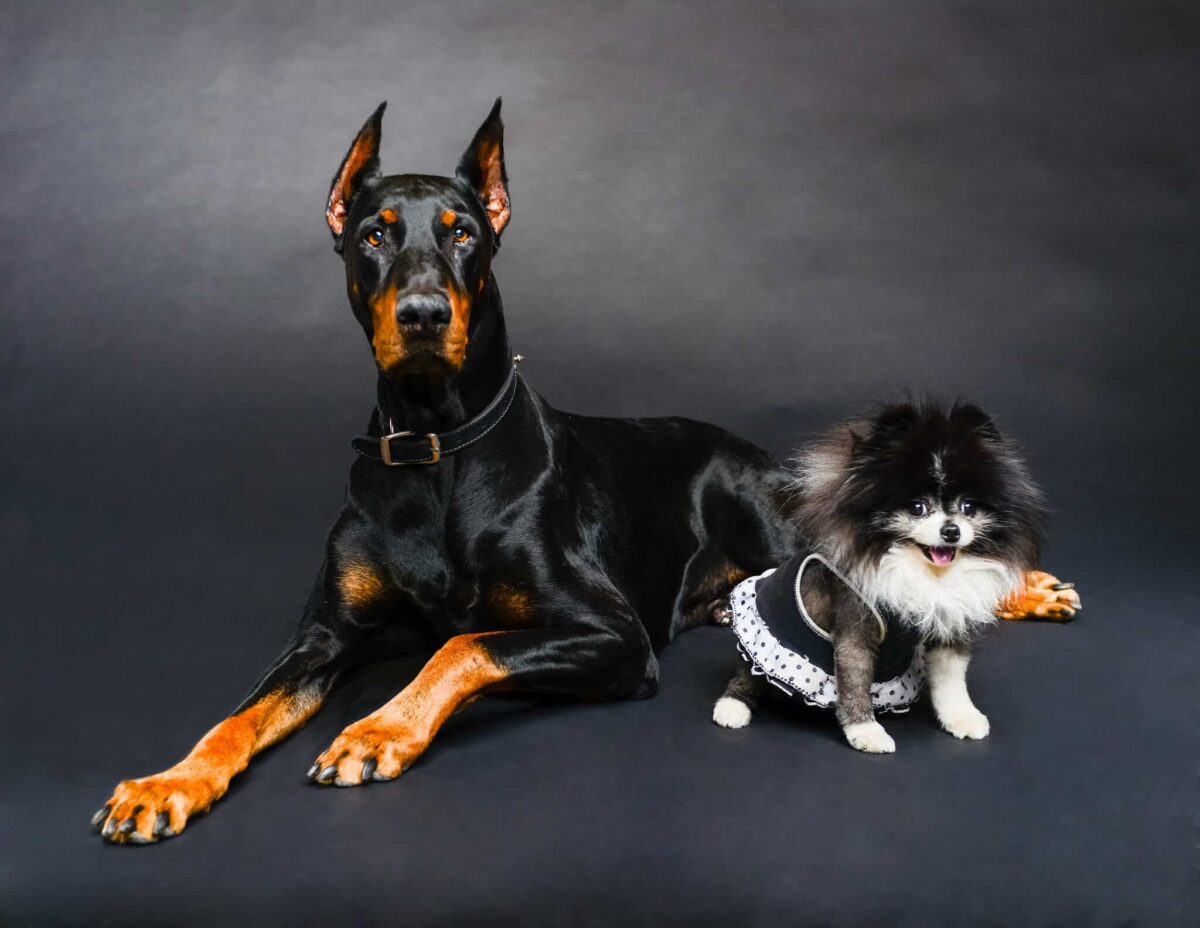
 Shutterstock
Shutterstock
“Big Dog Syndrome” describes small dogs who act like they’re larger and tougher than they are. These dogs often show dominant or aggressive behaviors, such as barking, lunging, or trying to assert themselves around others, as if they’re the biggest dog on the block. While these behaviors might seem cute or funny, they can lead to issues with other dogs and people. With consistent training, patience, and positive reinforcement, you can help your small dog manage their “big dog” attitude and become a well-behaved companion.
Socialize Early and Often
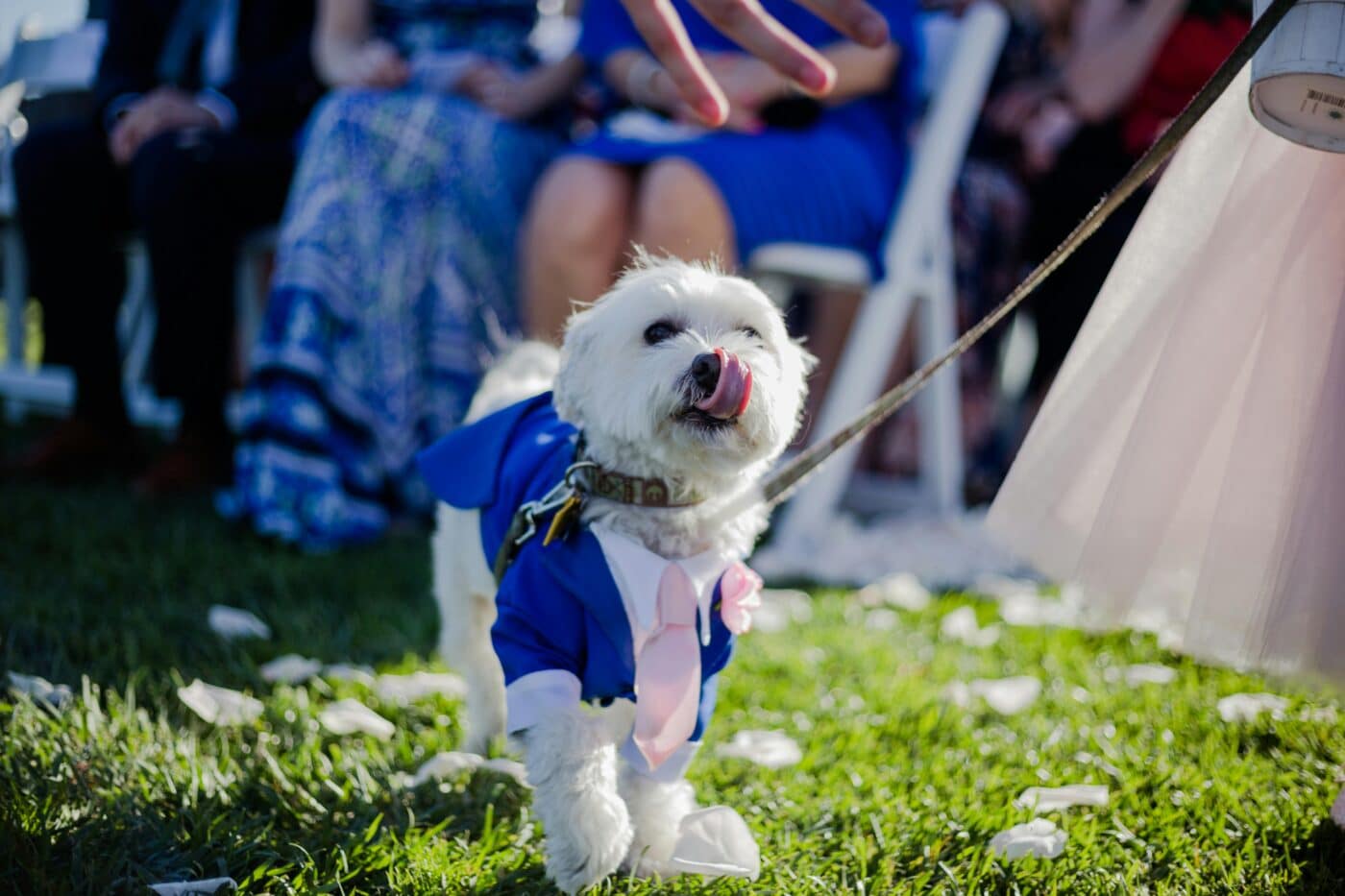 Shutterstock
Shutterstock
Socializing a small dog is one of the best ways to prevent or reduce “Big Dog Syndrome.” Introducing your dog to various people, animals, and environments early on helps them feel comfortable and less threatened in different situations. Through positive exposure, your dog learns that they don’t have to defend themselves against every new face. Socialization makes them more likely to react calmly around other dogs, reducing the chances of overly assertive or dominant behavior. By socializing your small dog consistently, you help them feel secure in their surroundings and diminish the need to act “big.”
Establish Clear Boundaries
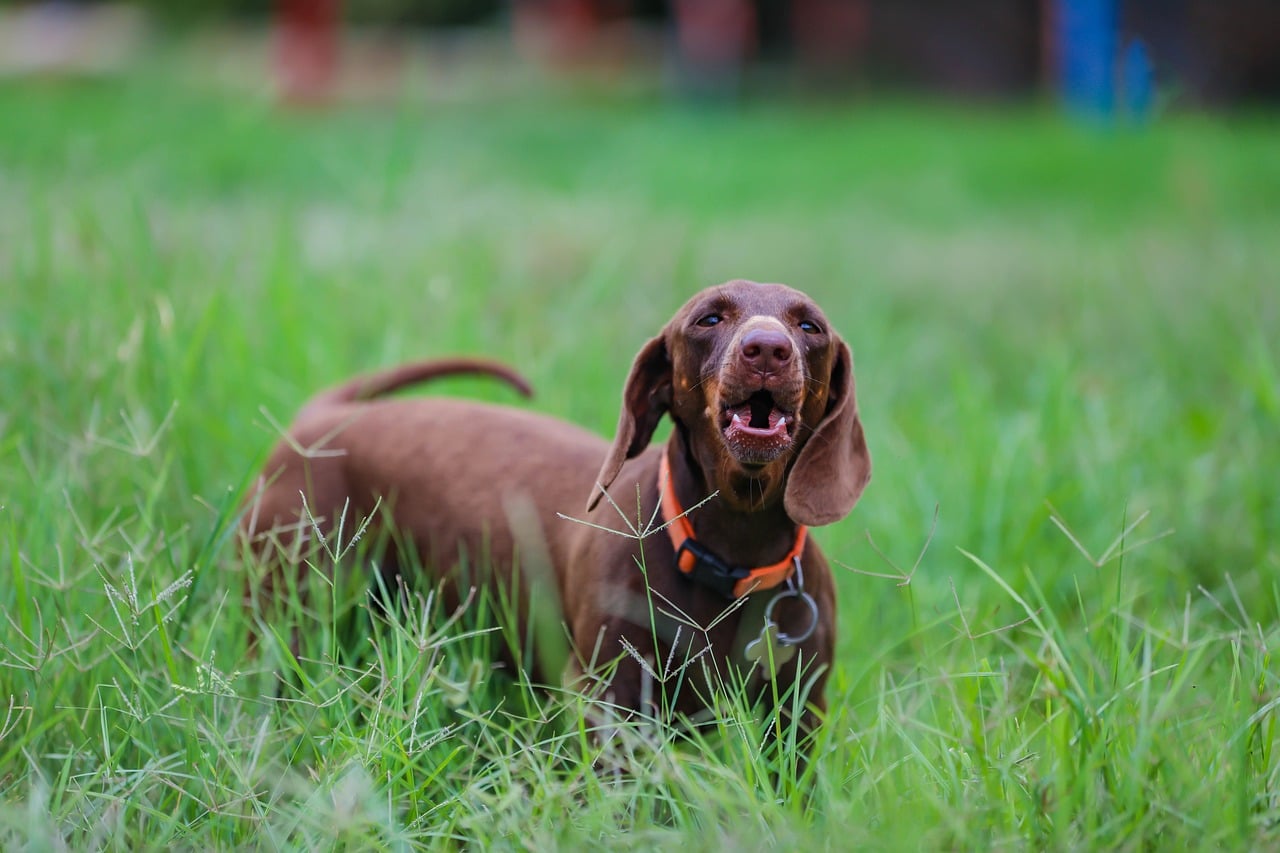 Shutterstock
Shutterstock
Setting clear boundaries and rules at home can help your dog understand what behaviors are acceptable. Small dogs with “Big Dog Syndrome” may act dominant if they feel they’re in charge, so establishing yourself as the leader is crucial. Implementing consistent rules—such as waiting before going through doors, not jumping on furniture without permission, and following basic commands—reinforces that you’re the one in control. When your dog understands and respects boundaries, they’re less likely to act out or try to assert themselves inappropriately, making it easier to manage their behavior in public.
Use Positive Reinforcement
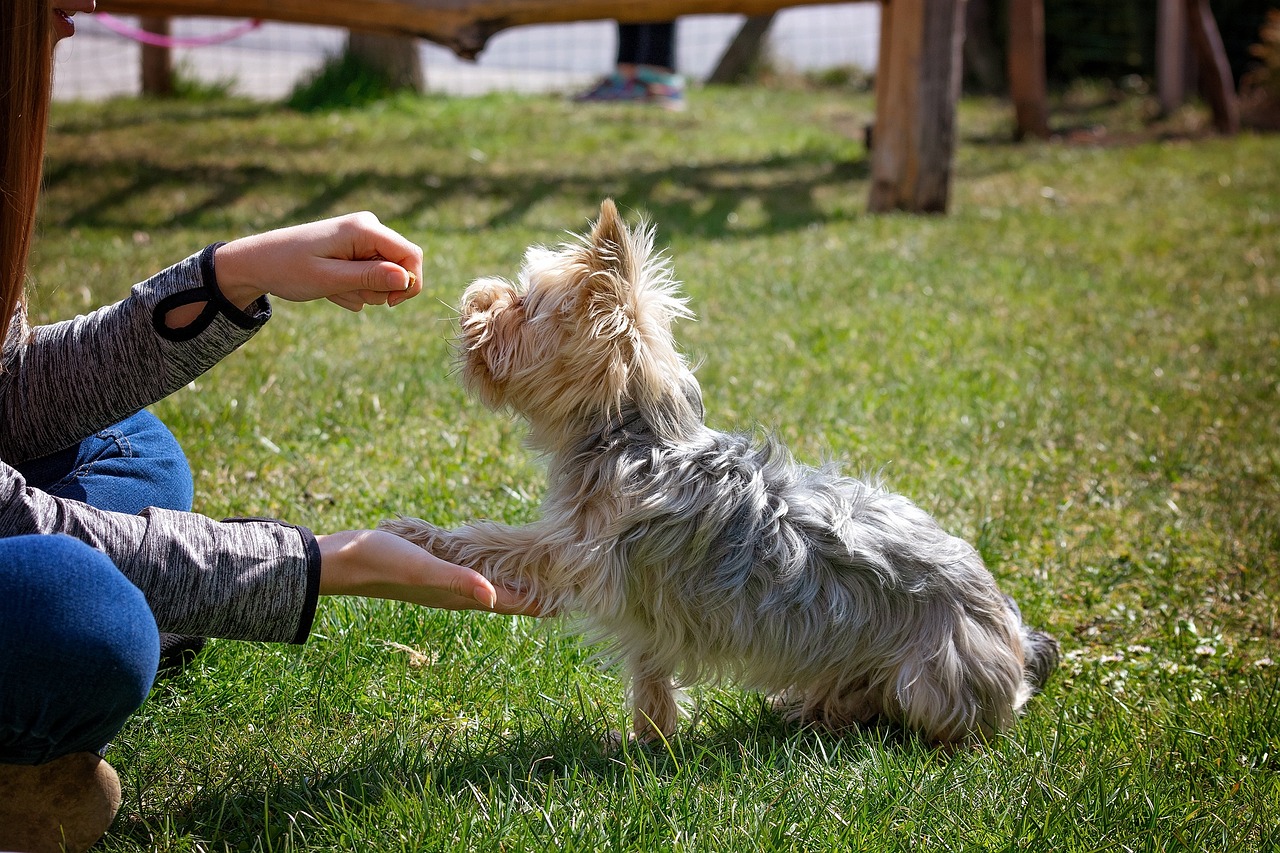 Shutterstock
Shutterstock
Positive reinforcement is key to training any dog, but it’s especially effective for small dogs with “Big Dog Syndrome.” Rewarding desired behaviors with treats, praise, or affection encourages them to repeat those actions. For example, if your dog remains calm when encountering another dog, reward them to reinforce that response. Positive reinforcement helps them learn that good behavior brings positive outcomes, making it more likely they’ll act politely in future situations. Avoid punishing assertive or reactive behavior, as this can increase anxiety and make them act out more; instead, focus on rewarding calm and friendly behavior.
Teach Basic Commands
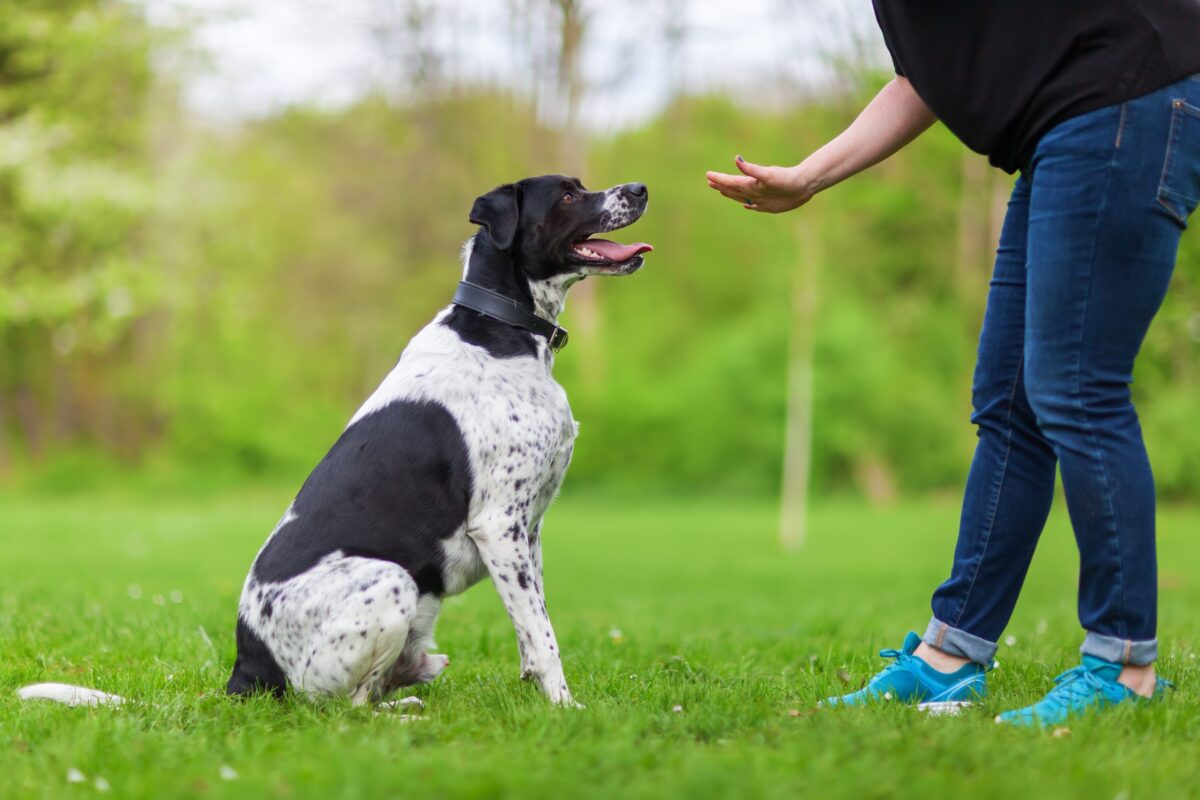 Shutterstock
Shutterstock
Teaching your small dog basic commands like “sit,” “stay,” “leave it,” and “come” can be invaluable in handling “Big Dog Syndrome.” Commands provide structure, giving your dog clear instructions for how to behave in certain situations. For example, if they start barking or lunging at a bigger dog, a simple “sit” or “stay” command can help them refocus. These commands also reinforce that you’re in charge, helping to curb overly dominant behavior. Practicing commands regularly ensures they’ll listen even when distractions are present, making walks and social interactions much more manageable.
Be Calm and Confident
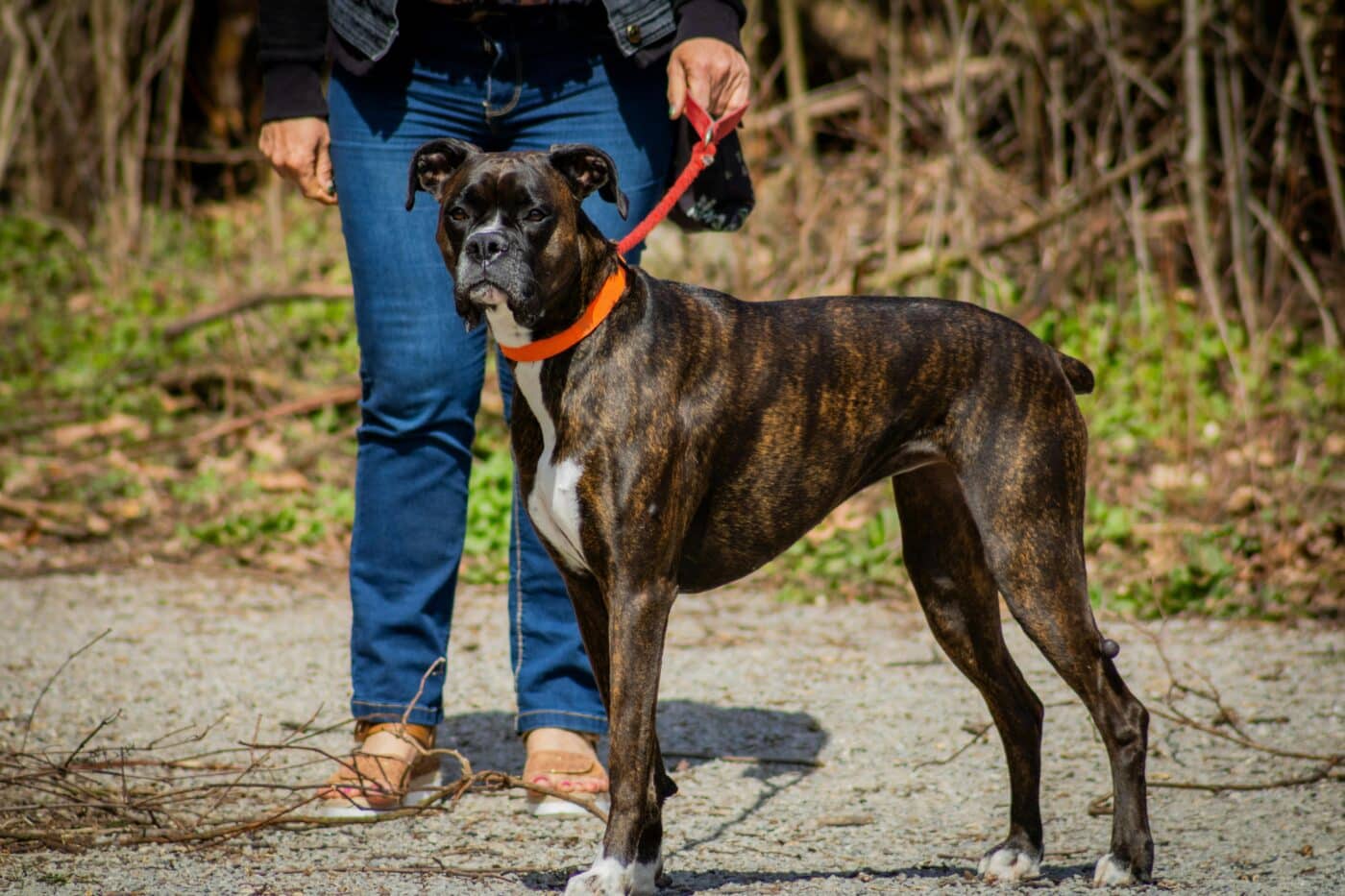 Shutterstock
Shutterstock
Dogs are incredibly perceptive and often mirror their owner’s emotions. If you’re anxious or tense during encounters with other dogs, your dog is likely to pick up on that and react defensively. Handling a dog with “Big Dog Syndrome” requires calmness and confidence to show them there’s no reason to feel threatened. By remaining relaxed, you signal to your dog that the situation is safe, which can help prevent aggressive or dominant behaviors. Taking a deep breath and keeping a steady posture during walks or social situations can help create a more balanced interaction for both of you.
Don’t Encourage “Small Dog” Behavior
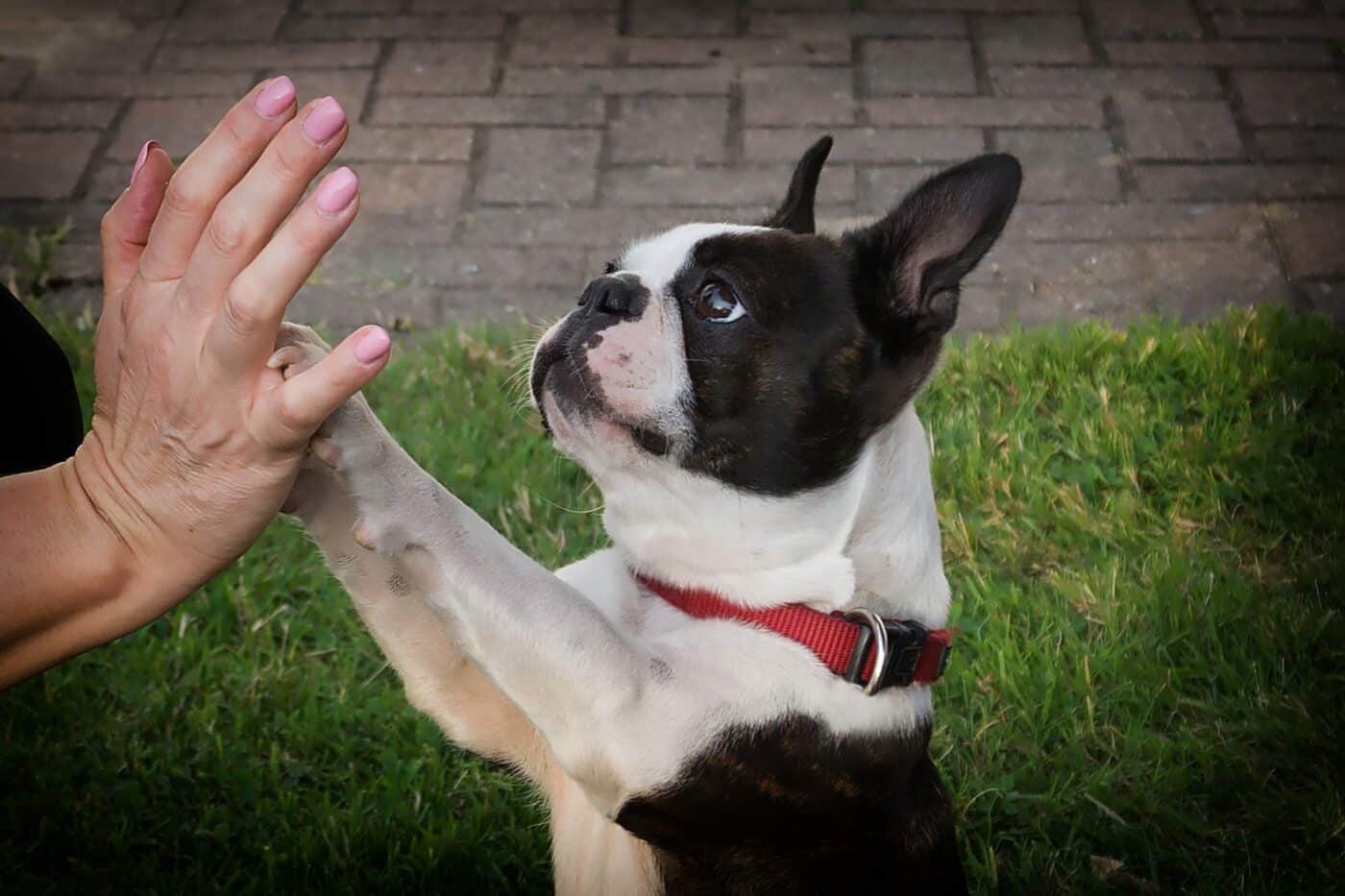 Shutterstock
Shutterstock
It’s easy to accidentally reinforce “Big Dog Syndrome” by treating small dogs differently than larger ones. Picking them up at every sign of trouble, letting them jump on people, or excusing certain behaviors because they’re “just little” can send the message that these actions are acceptable. Although small dogs are easier to physically control, they still need the same rules and expectations as bigger dogs. Treating them like the capable pets they are helps them feel secure and reduces the need for them to act out or “overcompensate” in social situations.
Keep a Safe Distance When Needed
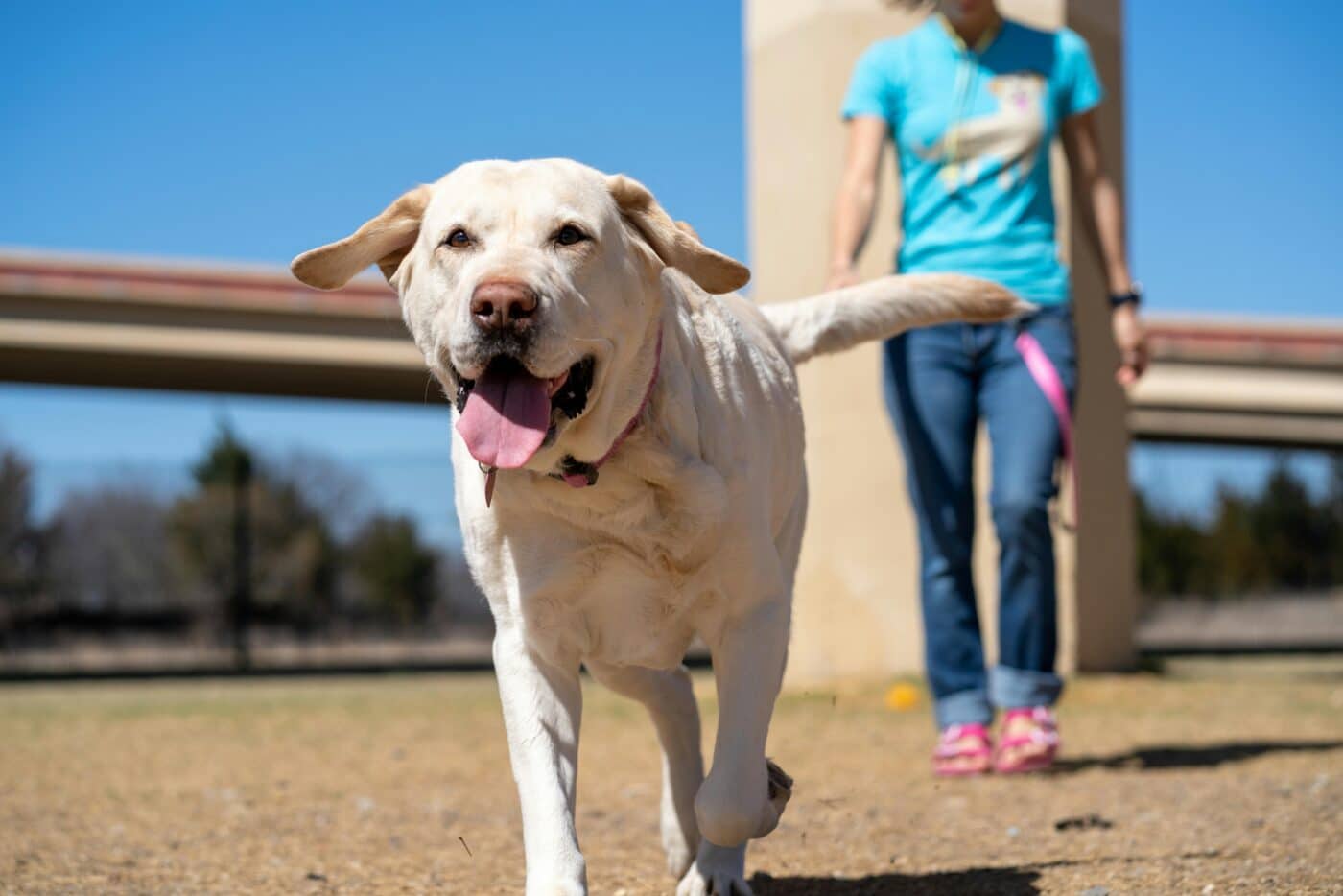 Shutterstock
Shutterstock
For dogs with “Big Dog Syndrome,” staying calm during every interaction might be challenging, especially if they’re still learning. Sometimes, keeping a safe distance from other dogs or people is the best way to prevent overly assertive behavior. By maintaining space, you allow your dog to observe without feeling the need to defend themselves. Distance also allows them to stay calm and can help prevent barking, lunging, or other reactive behaviors. Gradually decrease the distance as your dog becomes more comfortable, building their confidence for closer interactions.
Provide Mental Stimulation
 Shutterstock
Shutterstock
Dogs with “Big Dog Syndrome” often exhibit assertive behaviors out of boredom or pent-up energy. Providing mental stimulation through puzzle toys, games, and training exercises can help channel their energy positively. Mental engagement reduces the likelihood of unwanted behaviors because they’re mentally satisfied and less likely to act out. By keeping your dog’s mind busy, you also improve their overall well-being, making them happier and less inclined to react to every distraction. A mentally stimulated dog is generally calmer and more content, which translates into better behavior during social interactions.
From Mighty Mite to Marvelous Neighbor
 Shutterstock
Shutterstock
Handling “Big Dog Syndrome” in small dogs can be challenging, but with patience, clear boundaries, and plenty of positive reinforcement, your tiny companion can become a calm, confident, and respectful dog. Establish firm guidelines, keep treats handy, and get ready for your small pup to transform into a well-mannered and friendly presence in the neighborhood. With consistent guidance, even the tiniest dogs can show their big-hearted loyalty and kindness, proving that size doesn’t limit their ability to become cherished and well-behaved members of the community.

